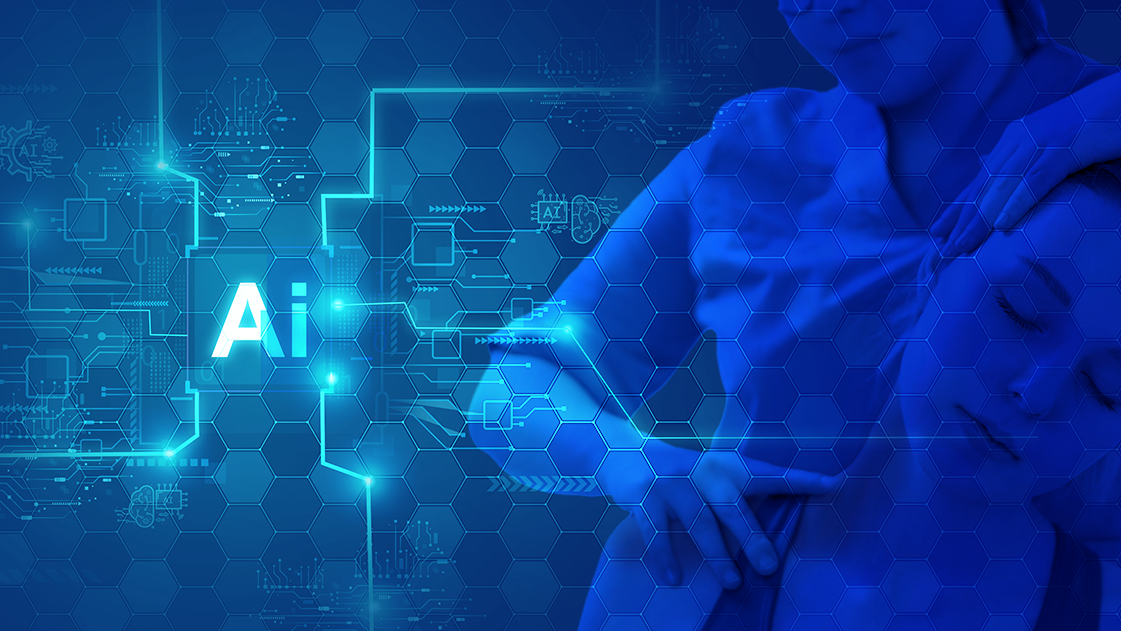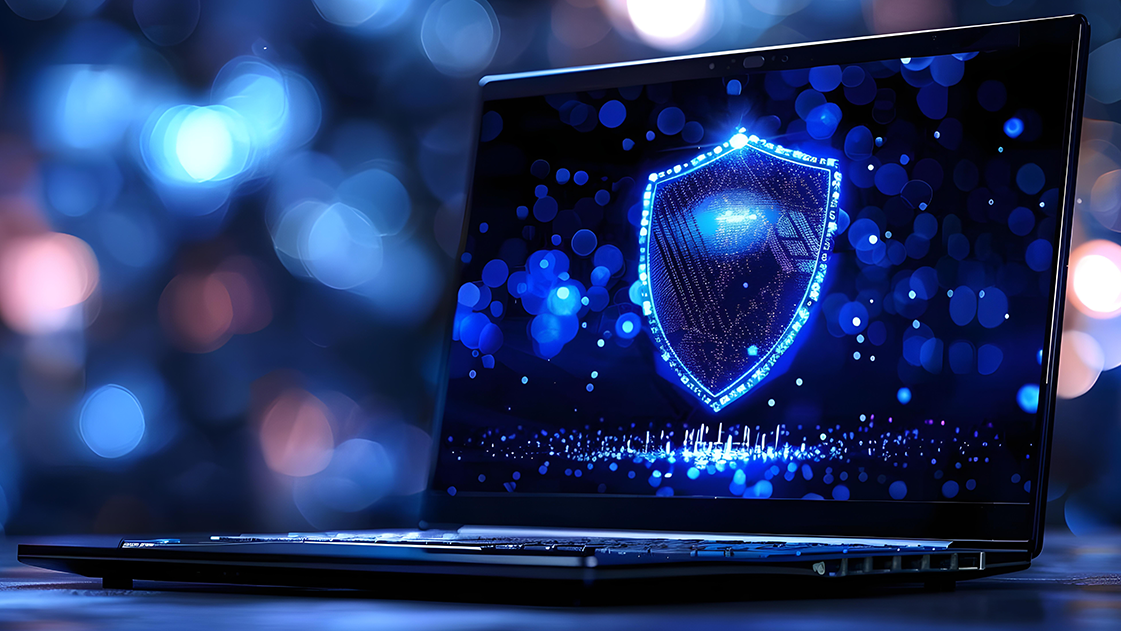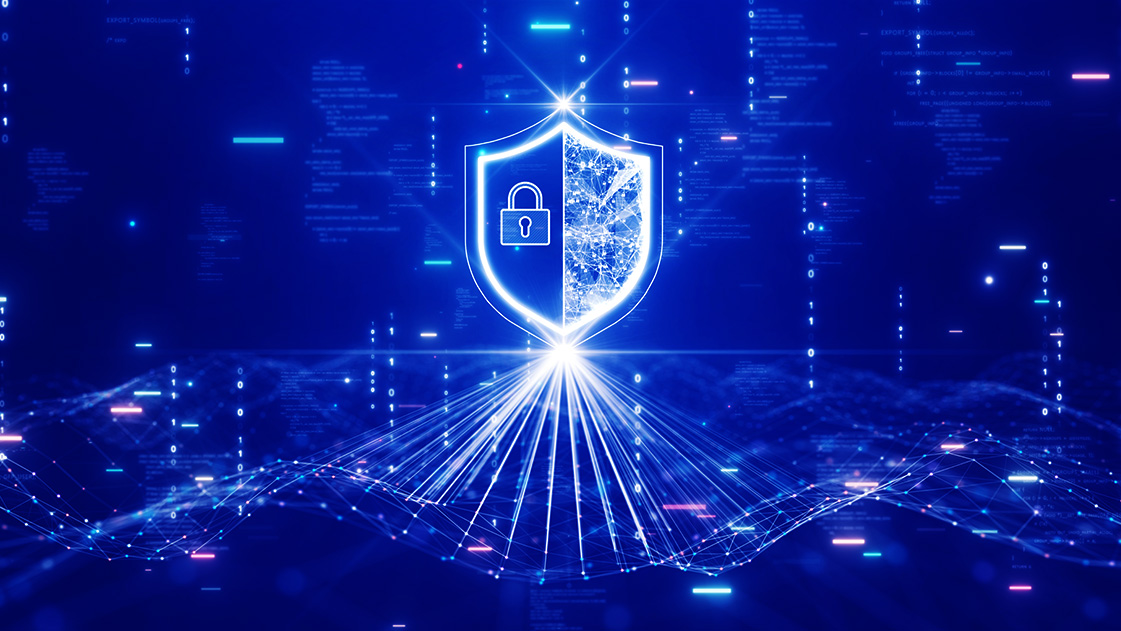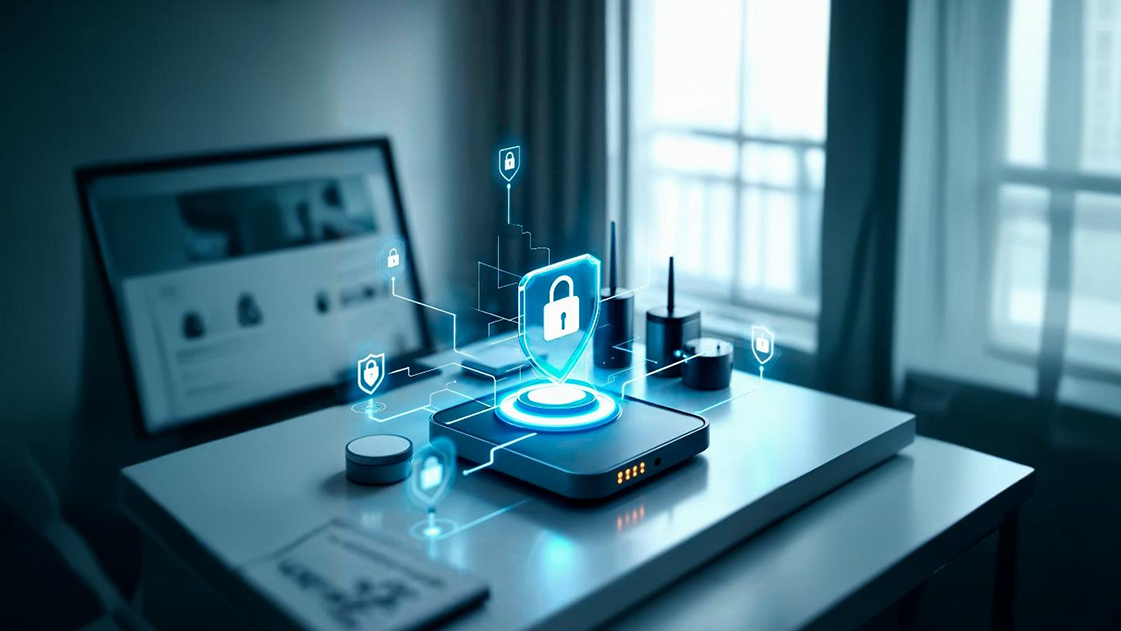

Bhuvaneshwari Ishwar Hatti
Exploring the Power of Digital Twin Technology: Transforming Industries and Optimizing Performance
In todays era of rapid technological advancements, a concept known as digital twin has emerged as a game-changer across various industries. From aerospace to healthcare, digital twin technology has captured the imagination of engineers, researchers, and innovators worldwide. But what exactly is a digital twin, and why is it causing such a buzz?
A digital twin surpasses a mere 3D model by serving as a virtual replica of a physical object, system, or process. It incorporates real-time data and simulations to accurately mirror its physical counterpart’s behavior, performance, and characteristics. The digital twin concept originated in the realm of NASA, where full-scale mock-ups of space capsules were used to diagnose and mirror problems encountered in orbit. This concept has since transformed into comprehensive digital simulations, revolutionizing our understanding and interaction with physical entities.
Today, digital twins have found applications in various industries, such as IT infrastructure, manufacturing, energy, transportation, and healthcare. Imagine engineers using virtual replicas of physical devices to run simulations and optimize their performance before they are even built and deployed. This level of insight and foresight offered by digital twins reshapes how we design, operate, and maintain complex systems.
Unveiling the Potential: Understanding Digital Twin Technology
Digital twin technology harnesses the power of IoT sensors to replicate and reflect the real-world behavior of physical assets and systems. By creating virtual replicas, digital twins provide deep insights into the interactions and behavior of these assets. This newfound understanding unlocks many benefits, such as enhanced performance optimization, predictive maintenance, remote monitoring and control, simulation, and scenario planning, and data-driven decision-making.
By applying AI and data analytics to real-time IoT data, organizations can further optimize the performance of their physical assets and systems, driving significant improvements across industries.
Digital twins offer various advantages that drive efficiency and productivity in multiple sectors. Firstly, they enable organizations to optimize the performance of their equipment, plants, or facilities by addressing issues as they occur, ensuring systems operate at their peak and minimizing downtime. Secondly, using Smart sensors, digital twins provide predictive capabilities, detecting and flagging issues or faults in real time. This early detection allows prompt action, preventing complete breakdowns and mitigating potential disruptions.
Moreover, the virtual nature of digital twins facilitates remote monitoring and control, enabling organizations to manage their facilities from a centralized location. It increases operational efficiency and provides real-time insights for proactive decision-making. Additionally, digital twins accelerate production time by running simulations and scenarios, allowing organizations to identify and resolve potential issues before commencing actual production.
The Integration of AI: Expanding the Possibilities
Combining digital twin technology with AI offers further opportunities for optimization and improvement.
Here are some key aspects of the role of AI in digital twin technology:
Data Analysis and Pattern Recognition
Digital twins generate an enormous amount of data from various sources, including sensors, IoT devices, and other data streams. By leveraging AI’s ability to process and analyze large amount of data, digital twins can uncover hidden insights and provide valuable information about the behavior and performance of physical assets and systems.
Predictive Analytics
AI enables digital twins to move beyond reactive analysis by incorporating predictive analytics capabilities. Digital twins can accurately predict future behavior and performance by training machine learning models on historical data. It enables organizations to anticipate maintenance needs, identify potential issues or failures in advance, and take proactive measures to mitigate risks.
Simulation and Scenario Planning
AI-powered digital twins can simulate various scenarios and assess their impact on the behavior and performance of physical assets or systems. By running simulations, organizations can explore different configurations, evaluate the consequences of potential changes, and make informed decisions before implementing them in the real world. AI algorithms can quickly analyze the simulation results, providing insights that aid in optimizing processes, identifying bottlenecks, and designing more efficient systems.
Let’s explore the potential application of AI and Digital Twin in the healthcare industry. Consider a scenario where a patient with a chronic heart condition is undergoing remote monitoring. The patient uses a smartwatch to continuously gather vital signs such as heart rate, blood pressure, and oxygen levels and transmits this data to an AI-powered digital twin. This dynamic digital twin faithfully replicates and analyzes the patient’s cardiovascular system, generating real-time simulations. AI algorithms meticulously scrutinize the data from the digital twin, actively searching for patterns, anomalies, and indications of deterioration. In case of any concerning changes, the healthcare provider promptly receives an alert, enabling timely and appropriate interventions. It could involve remotely adjusting medication dosages, scheduling a telemedicine consultation, or dispatching emergency services if necessary.
By leveraging AI and digital twin technology, healthcare providers can remotely monitor patients, provide timely interventions, and deliver personalized care. This also improves patient outcomes and reduces the need for hospital visits, enhances efficiency, and optimizes resource allocation in the healthcare system.
Conclusion
Digital twin technology has emerged as a transformative tool, driving improvements and optimization across industries. Organizations can unlock valuable insights, enhance performance, reduce downtime, and make data-driven decisions by leveraging IoT sensors, AI, and data analytics. With applications ranging from manufacturing and energy to transportation and healthcare, digital twin technology offers a new paradigm for success in today’s evolving world.
Related Insights


On-Device AI & Edge Computing in Mobile Apps for the Healthcare Industry

How to Ensure Your Internet Searches Are Always Secure: Practical Tips for Safe Browsing in 2025

Common Attacks on File Uploads in Web Applications and How to Prevent Them

Simplifying Third-Party Authentication: A Practical Guide

